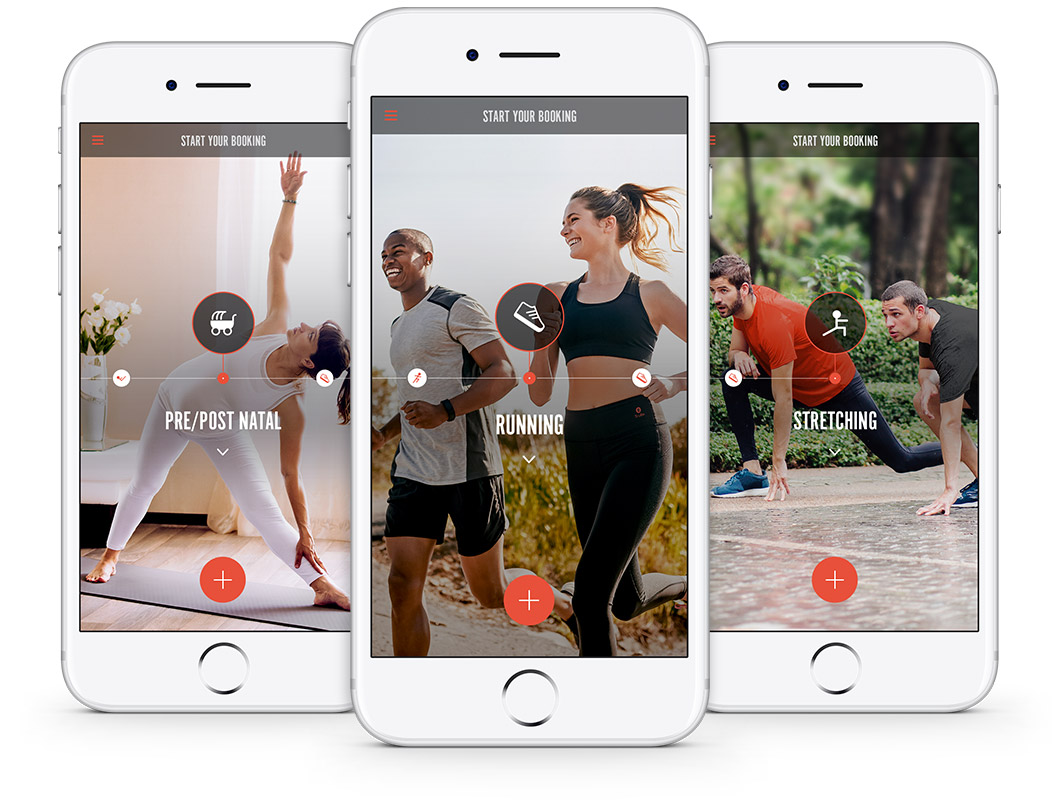What is passive stretching and what is active stretching? The best way to explain this is to demonstrate it…
Start by holding out your right hand, keeping your fingers together, then without using your left hand stretch your right thumb as far back as you can. Now, using your left hand, gently pull your right thumb back. Did you notice that with the assistance of your left hand your right thumb went back further than when you were just stretching it back?
The part where you can move your right thumb without assistance is called active
range. The additional range is called passive range, and you have it at every joint.
You cannot control the passive range of motion through your nervous system. It is the point where active and passive range cross over is where many injuries occur.
Dancers are a great example of those who can be at high risk of passive range injuries. Many dancers have a high proportion of hyper-mobile joints. A quick example of this is a backbend. Most people have a backbend range of no more than 25 degrees, whereas those with hypermobility in their lower backs will have a far greater range than this. As they are able to access these ranges without assistance, meaning they are in active range.
Problems begin to occur if they are then required to match other hyper-mobile dancers or the expectations of the performance they are doing exceeds their natural abilities. To overcome this they can use momentum to push their body into passive range, they will then need to rely on that momentum to carry them back out of it.
This can result in a far bigger injury than your average person would typically incur. But it isn’t just one area of the body that dancers are likely to have hyper-mobility, they may have it throughout their body, and they will therefore be more likely to end up in their passive range of motion, and more likely to get injured if they are not mindful.
So why does this make a difference to you?
Loading passive range is incredibly dangerous because you have no control of it,
and without control, you can’t ensure that that load goes through the muscles intended, which is ultimately why it causes injury.
This is why some trainers advocate partial range exercises. That being said it can be possible to train and increase your active range. If you find the crossover point between passive and active range, by doing safe movements, you can work on maintaining active control of the range. This will increase your active range and by extension allow you to work the joint to a fuller range, as well as decrease your chances of an injury at that joint.
It is recommended that you only work on this with the support of a personal trainer who specialises in active and passive range. You can see all of our personal trainers by clicking here. This blog piece was provided by active and passive range specialise Richard Kelly.
Richard’s bio:
Functional training advocate Richard has dedicated years of active learning towards the accumulation of new skills for the purpose of supporting his private clients Richard’s ability to offer nutritional support only enhances the final result.
Disciplines: Personal training, Pilates, Running and Stretching.





